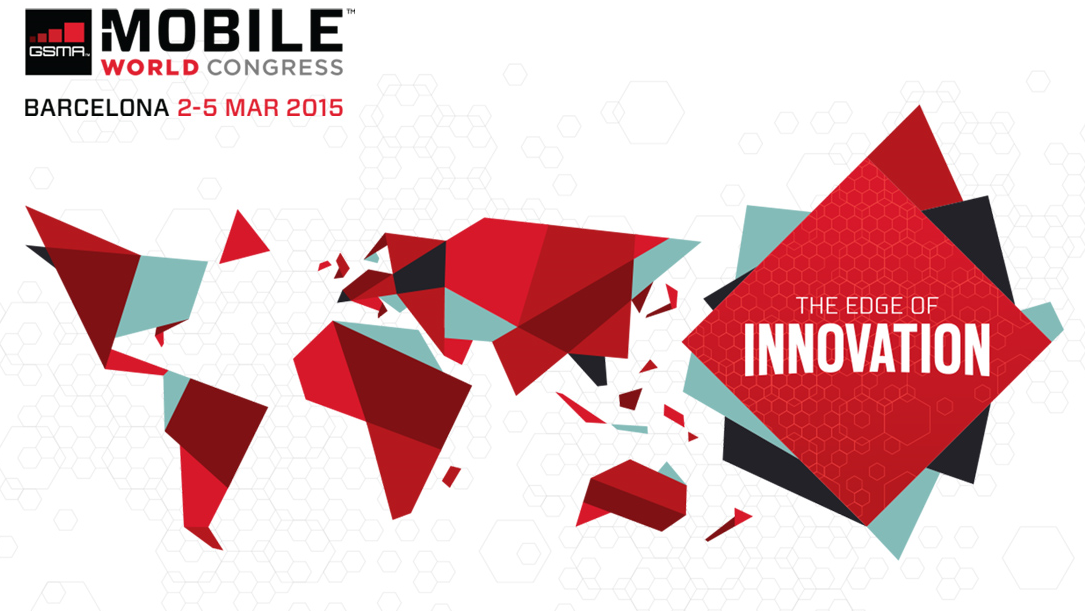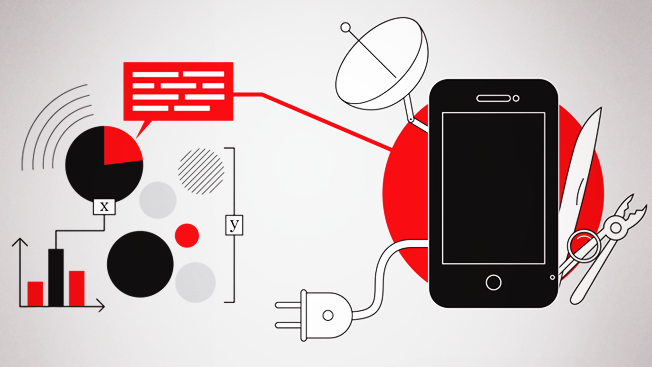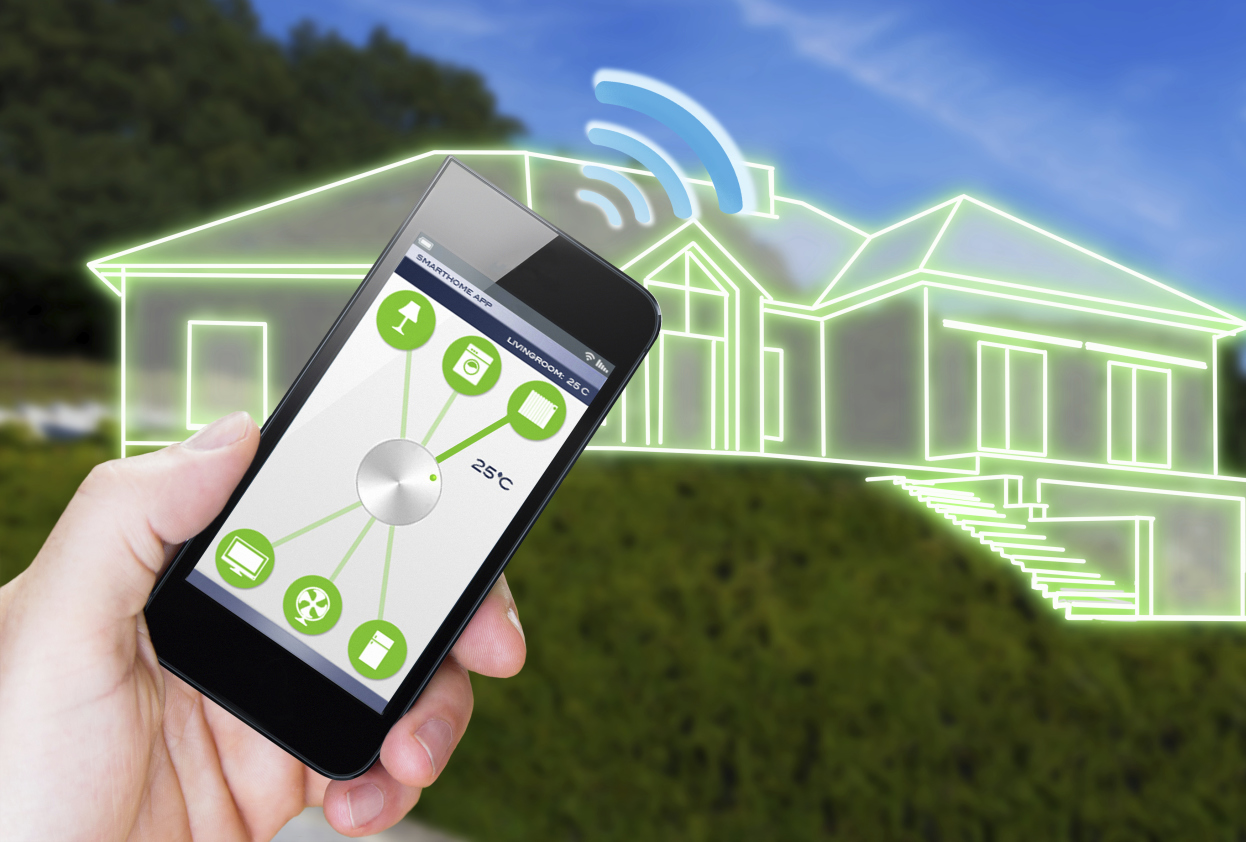Today marks the first day of 2015 South by Southwest (SXSW) Interactive Festival, and this year, the Lab has seven market trends that we are looking forward to exploring in the following days.
- Mobile Engagement Zooms in on Events and Locations
We will be talking with Gimbal and Estimote, two leading beacon providers, to discuss how event and location-based targeting can help brands connect with their audiences at the right moments and places. - Exchanging Value for Data With IoT
The balance between personal data security and data-enabled value is a tricky one, and the Lab will be rethinking privacy in the Internet of Things with Kasisto and Button. - The Future Living Room is for Gaming and Streaming
The increase in streaming and gaming options provided by the likes of Twitch and LyteShot, is pushing the living room experience into new futuristic domain. - The Internet of Things Will Be User-Centered
With connected devices offering more user-centered experiences, we’ll be interviewing SnowShoe Stamp and WiActs about digital identity in the future of embeddables and wearables. - Connected Car is Getting an Upgrade
Connected car is changing the way we drive, and brands like Cargo, an open platform for connected cars, indicates that in-car connectivity will soon get another upgrade that could turn our vehicles into moving media channels. - New Media Interfaces Lead the Future of Brand Experiences
New advanced interfaces such as virtual reality or interactive touchscreens are opening up new opportunities to create innovative and engaging brand experiences. We plan to talk about such a future with Jaunt VR, LittleStar VR content platform, and EyeQ. - Mobile Payment and Ecommerce To Shake Up Retail
With promising new players like Clover and OpiaTalk emerging in mobile payment and ecommerce, the retail world is looking at a fundamental shake-up in the near future.
Header image courtesy of sxsw.com






